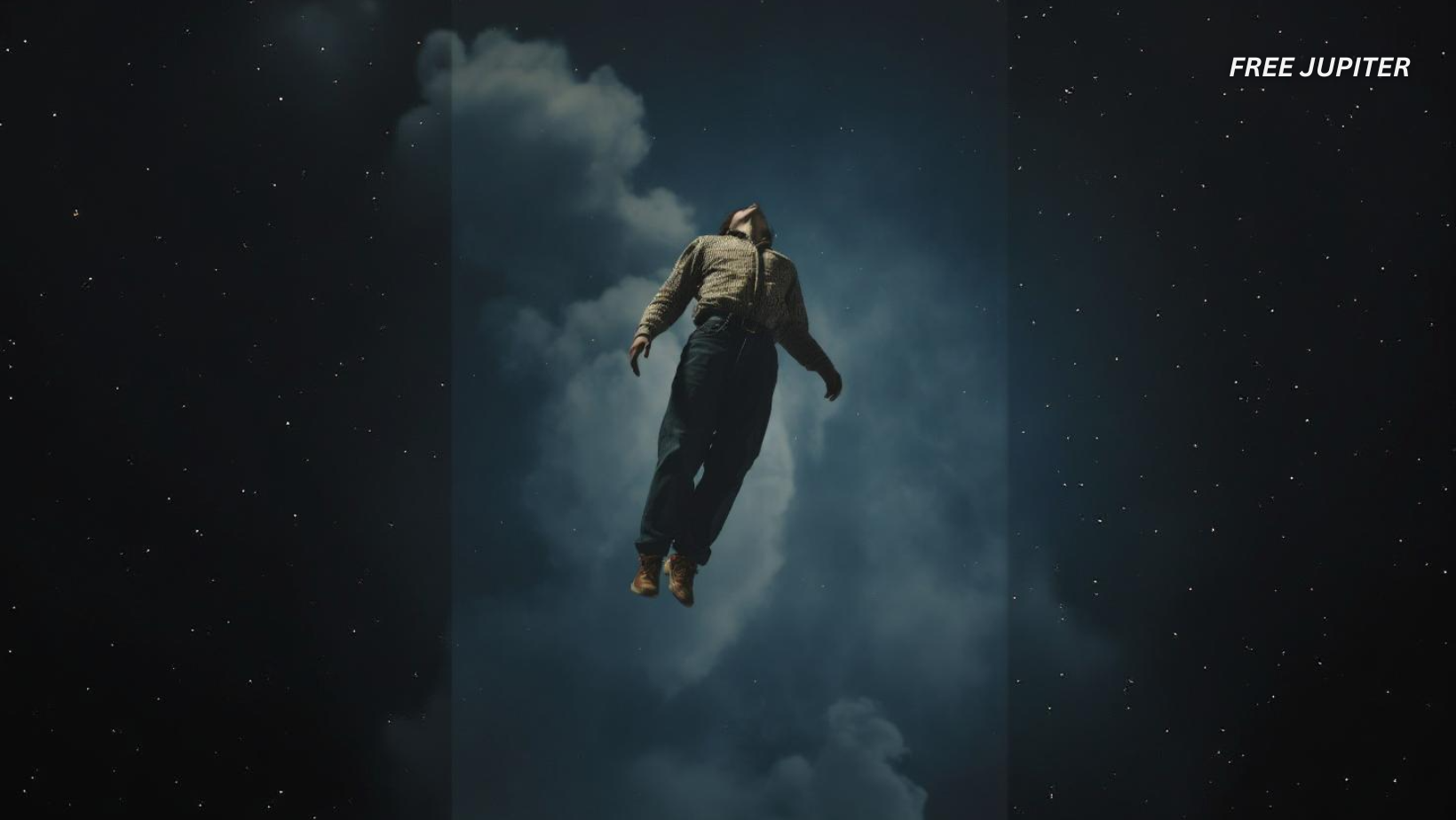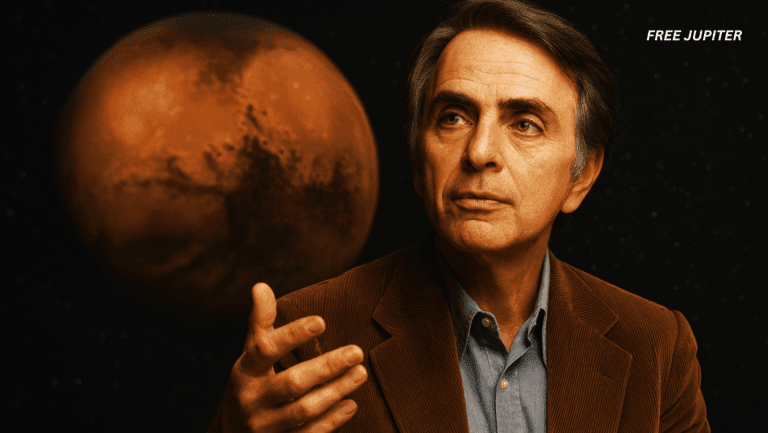Friendly Note: FreeJupiter.com shares general info for curious minds 🌟 Please fact-check all claims—and always check health matters with a professional 💙
For decades, physicists have wrestled with one of nature’s most stubborn riddles: how to unite the four fundamental forces of the universe into a single elegant framework. The challenge? Gravity just doesn’t seem to play well with the other three — namely the electromagnetic, weak nuclear, and strong nuclear forces — when viewed through the lens of quantum mechanics.
Now, a research team from Aalto University may have taken a step closer to solving this cosmic puzzle. By reimagining gravity through a novel mathematical lens, they’ve offered a compelling new theory that could reshape the way scientists understand the universe’s most basic workings — and maybe, just maybe, edge closer to the elusive “Theory of Everything.”
Why Gravity Stands Apart
Before diving into the new theory, it’s worth revisiting why gravity has been the odd one out for so long. While the electromagnetic, weak, and strong forces are well-behaved under quantum field theory (QFT) — the reigning model for subatomic physics — gravity has always refused to conform.
That’s because gravity, as described by Albert Einstein’s general relativity, isn’t just a force acting on objects. It’s the very shape of spacetime itself. Massive objects bend this fabric, and other objects follow the curves, like marbles on a warped rubber sheet.
Meanwhile, the other three forces are understood through quantum fields that operate within spacetime, assigning values to every point in the fabric. In short, quantum mechanics and general relativity describe reality in fundamentally incompatible ways.
A Bold Rethink of Gravitational Dynamics
Enter the researchers at Aalto University, who have proposed a framework that seeks to close this theoretical gap. Rather than trying to cram gravity into the same mold as the other forces, they’ve taken inspiration from the underlying symmetries that give rise to those forces.
In the Standard Model of particle physics, each fundamental force corresponds to a distinct symmetry in its quantum field. Think of symmetry in this context as a kind of built-in rule or pattern that doesn’t change even when certain transformations are applied.
The new approach applies this symmetry principle to gravity using an original concept known as the spacetime dimension field. This isn’t a particle or a physical field you can see or touch — rather, it’s a mathematical construct that carries four symmetries. When applied across all points in spacetime, these symmetries produce something that looks and behaves remarkably like the gravitational field we observe in nature.
Read more: Experts Say ‘Time Mirrors’ Are Actually A Real Thing: ‘Like Pressing Undo On The Universe’
Matching the Big Four: A Unified Framework Emerges
So how well does this revamped gravity fit alongside the three other forces? According to the Aalto researchers, their model forms a cohesive structure that holds up mathematically. That alone is a huge milestone in the hunt for a unifying theory.
One of the biggest headaches in quantum gravity has always been the issue of renormalization. In quantum field theory, renormalization is a way of cleaning up equations that would otherwise spiral into infinity. When a theory is renormalizable, its calculations result in sensible, finite values rather than mathematical chaos.
The Aalto team’s new gravity model, when tested up to the first order in its equations, appears to pass the renormalization test. In practical terms, this means the theory holds potential to describe gravity in a way that aligns with quantum principles—at least within certain boundaries of the equations.
Even more promising is the fact that when the researchers stripped away quantum effects from their equations — moving into what’s known as the classical limit — the theory seamlessly aligned with a known cousin of general relativity called the teleparallel equivalent. This alternative version of Einstein’s gravity delivers the same predictions using a different geometric approach, making it a trustworthy litmus test for new ideas.
Looking Beyond the Math: What This Could Mean for Physics
While the Aalto proposal is still in its early days and primarily theoretical, it’s a tantalizing sign that physics may be inching closer to bridging its greatest divide.
Lead author Mikko Partanen shared his optimism about the direction of the research. According to him, a fully developed quantum field theory of gravity could eventually offer insights into some of the most perplexing corners of the cosmos — black hole singularities, the mysteries of the early universe, and even the Big Bang itself.
In other words, this isn’t just academic hair-splitting. A working theory that unites gravity with quantum mechanics could fundamentally change how we understand space, time, matter, and the very origin of the universe.
Read more: Trees Can Actually Warn Us When Volcanos Are Ready to Erupt
Next Steps: Expanding the Theory’s Reach
Of course, there’s still a long way to go before anyone can claim a fully functioning theory of everything. One of the next milestones for the Aalto team is to go beyond first-order calculations and see whether the model remains renormalizable as more complex terms are added.
This step is essential because even if a theory works at the simplest level, that doesn’t guarantee it will hold up under the full weight of more detailed and realistic physics. The aim is to eventually eliminate all problematic infinities throughout the equations, not just in early approximations.
Perhaps most intriguingly, the theory doesn’t require adding any exotic new particles or forces. Instead, it reinterprets gravity as something that arises from the deeper mathematical structure of spacetime itself. That makes it a minimalist theory — elegant and lean — without the theoretical clutter that often plagues other attempts at unification.
The Bigger Picture: Why It Matters
So, why should anyone outside the physics community care? Because the implications go far beyond the ivory tower. If humanity can crack the code to a unified theory, it would be a landmark comparable to Newton’s laws or Einstein’s relativity.
Not only could it resolve fundamental mysteries about black holes and the universe’s birth, but it could also open doors to future technologies we can’t even imagine yet—just as quantum mechanics once paved the way for everything from lasers to smartphones.
Read more:NASA Finds A Massive Diamond In Space That Is 5 Times Larger Than Earth!
Even if the Aalto theory doesn’t turn out to be the final answer, it pushes the conversation forward in meaningful ways. It challenges entrenched assumptions and invites other physicists to think differently about gravity and spacetime.
In the grand tradition of scientific progress, sometimes the biggest breakthroughs begin not with a new discovery, but with a fresh way of looking at an old problem.










